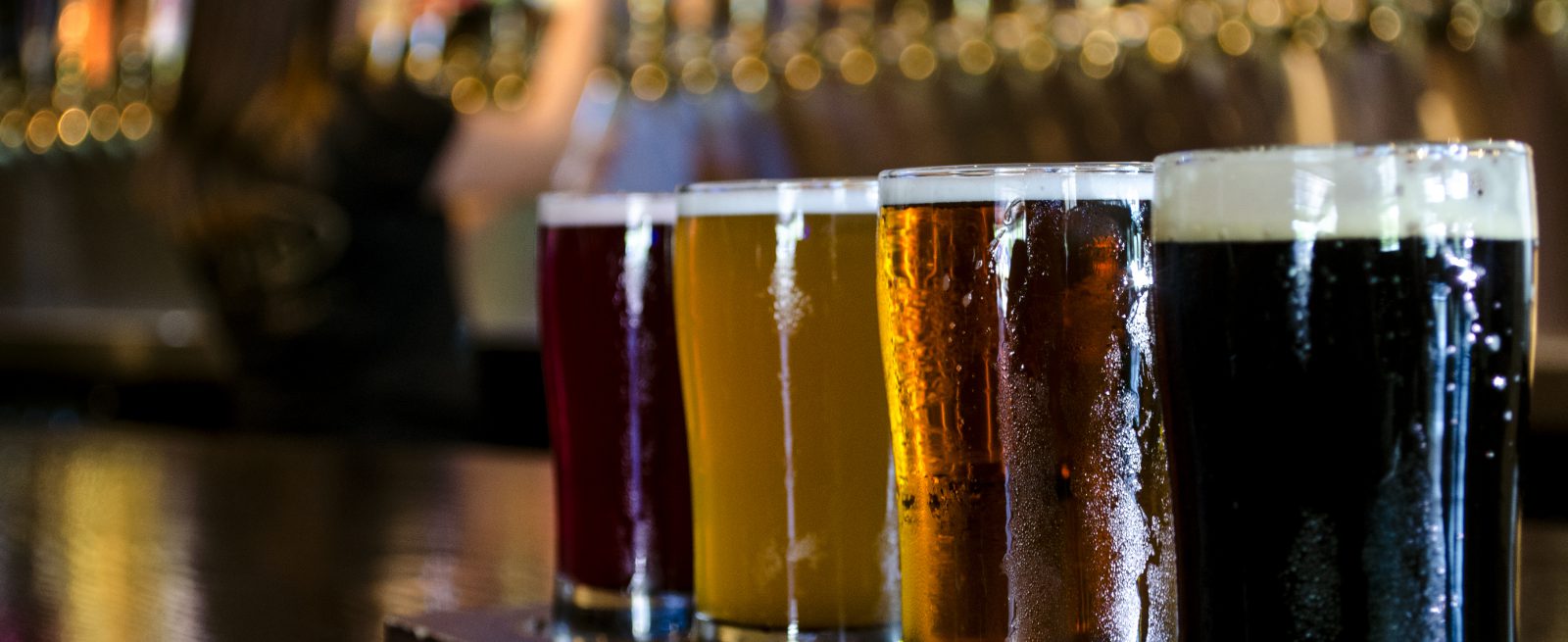Will the Craft Beer Industry Continue to Hop?
By Steven Jay Smith
I have been following the craft beer and brewpub industry for some 20 years now when it was referred to as “micro brews.” In the past several years, I have noticed larger beer brands are starting to acquire the strong regional breweries. This was never more apparent to me then when last year Ballast Point, the San Diego craft brewery founded in the 1990s whose beers are now sold in 30 states, announced it was being acquired for roughly $1 billion by beverage conglomerate Constellation Brands.
At that moment I knew this craft brew thing was here to stay. But more importantly I knew the reason this industry continues to prosper is due to the fact craft brewing and brewpubs attract a different culture. By this I mean they cast a wide demographic net that catches those typically in their early 20s through their late 50s and not your run-of-the-mill “bar crowd.” Most are interested in the quality and creativity of these brews and appreciate the ingredients and recipes the brewers take such pride in developing as well as the compelling stories and artistry behind the beers.
The great brewpubs, beer bars, and tasting rooms attract crowds seeking an experience and the best focus on providing that experience for their guests. They promote simple, earthy environments not cluttered with television screens or the usual fodder some operators think will help drive the guest check revenue by entertaining them so they stay longer.
Small and independent American craft brewers contributed $55.7 billion to the U.S. economy in 2014.
Part of that ambiance comes from a certain brother and sisterhood among brewers where they are willing to help each other and share their experiences and expertise. These brewers share a bond that usually comes from a background of home brewing where they hone their craft. They then take a risk on opening a small tasting room, adding some food, then adding a restaurant and before they know it it’s a brewpub. This camaraderie is quite refreshing to see in the competitive hospitality world.<p
The connection that the brewers have seems to organically happen to the guests and consumers as well. You would be hard pressed to find another segment in the hospitality world that has more robust sharing and content than the craft beer world. Blogs, social media sharing, apps, and even YouTube channels and TV shows are devoted to all things beer.
It’s a brother and sister hood among the brewers and their teams that helps to build a community focused on quality, creativity and a comfortable place to go where you share stories and can drink great beer.
Here’s some more news that speaks to the popularity of craft beers: the Meijer chain recently announced that it is selling more than 34 locally-brewed craft beers each minute in Michigan and expects to continue five years of double-digit volume growth in craft beer sales. The chain plans to sell more than $90 million in craft beer in 2016, including $30 million in local and hyper-local craft beers produced by breweries in Michigan.
Small and independent American craft brewers contributed $55.7 billion to the U.S. economy in 2014, according to the Brewers Association. The industry also provided more than 424,000 jobs, with more than 115,000 jobs directly at breweries and brewpubs.
All of these factors take this beyond the fad or trend level and provide evidence that the craft beer industry is quite sustainable and will continue to grow for the next 20 years.


